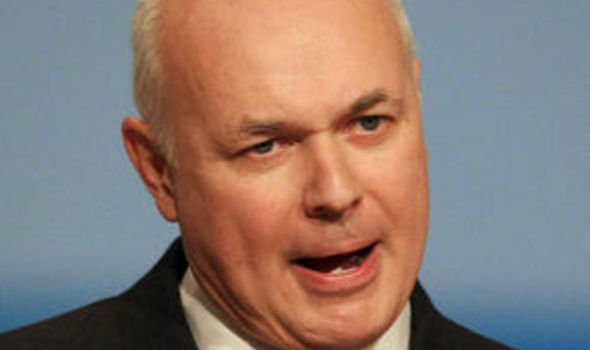Housing benefit at £24 billion a year is one of the costliest chunks of the social security bill. As the graph below (taken from this Declan Gaffney article) shows, it has risen 3.5 times relative to GDP since Thatcher was first elected in 1979.
 Writing an excellent article for Labourlist, Labour London Assembly member Tom Copley points out that the bulk of this increase occurred under the Thatcher government. In fact under Thatcher, the housing benefit bill rose by a colossal 450%. Since then the cost of housing benefit has actually been pretty stable - so to address the mountains of moolah spent on housing benefit we have to understand why it shot up under the Thatcher government.
Writing an excellent article for Labourlist, Labour London Assembly member Tom Copley points out that the bulk of this increase occurred under the Thatcher government. In fact under Thatcher, the housing benefit bill rose by a colossal 450%. Since then the cost of housing benefit has actually been pretty stable - so to address the mountains of moolah spent on housing benefit we have to understand why it shot up under the Thatcher government.- Over 1.7 million council homes were sold off between 1979 and 1992 - diminishing the stock of council homes and pushing more and more tenants into the hands of housing associations and - more expensively - private landlords
- In 1989, her government abolished rent controls - which had existed to give local authorities the power to limit rents. With controls removed, landlords could charge what they wanted, regardless of the social impact
- Her government liberalised credit and gave tax breaks to buy-to-let merchants, which vastly increased the size of the private rented sector, as right-to-buy and stock transfers were depleting the social sector.
Today 33% of just over 5 million housing benefit claimants live in private rented sector - i.e. not the social rented sector (councils and housing associations). And yet if we look at the largest claims - those over £200 per week (so over £10,000 a year) - we find that 68% of those claims are made from the private rented sector. These cases are only 3.3% of all cases, yet they account for over 10% of total housing benefit expenditure.
Private landlords are guzzling from the housing benefit pipe because of structural reforms brought in by Thatcher. Measures such as the benefit cap will lead to councils deporting their own citizens, increased homelessness and poverty, but they will do little to tackle the rising cost of housing benefit - even if one could ignore their inherent injustice.
To tackle the housing benefit bill, and to do so in a just way, a Labour government would have to build homes and cap rents - as Copley spells out for Labourlist. But he also makes the important point that the housing benefit bill would be reduced by tackling unemployment (something this government has failed to do), and by increasing wages through living wage campaigns.
The latter is particularly important, since 93% of new housing benefit claims in the last two years have been from households in which at least one person works. That fact should also silence the 'better off on benefits' brigade, as so many people in work are dependent on benefits just to keep a roof over their heads.
It's also imporant to note that money spent on housing benefit to council tenants is effectively just an administrative cost - from central government to local government and then back to central government.
The next Labour government has a choice: invest in public housing and cap rents or keep shovelling taxpayers money into the expanding property portfolios of private landlords.
But Labour can also be populist about this - pledge to cut the welfare bill at the same time. Here's more on how.




